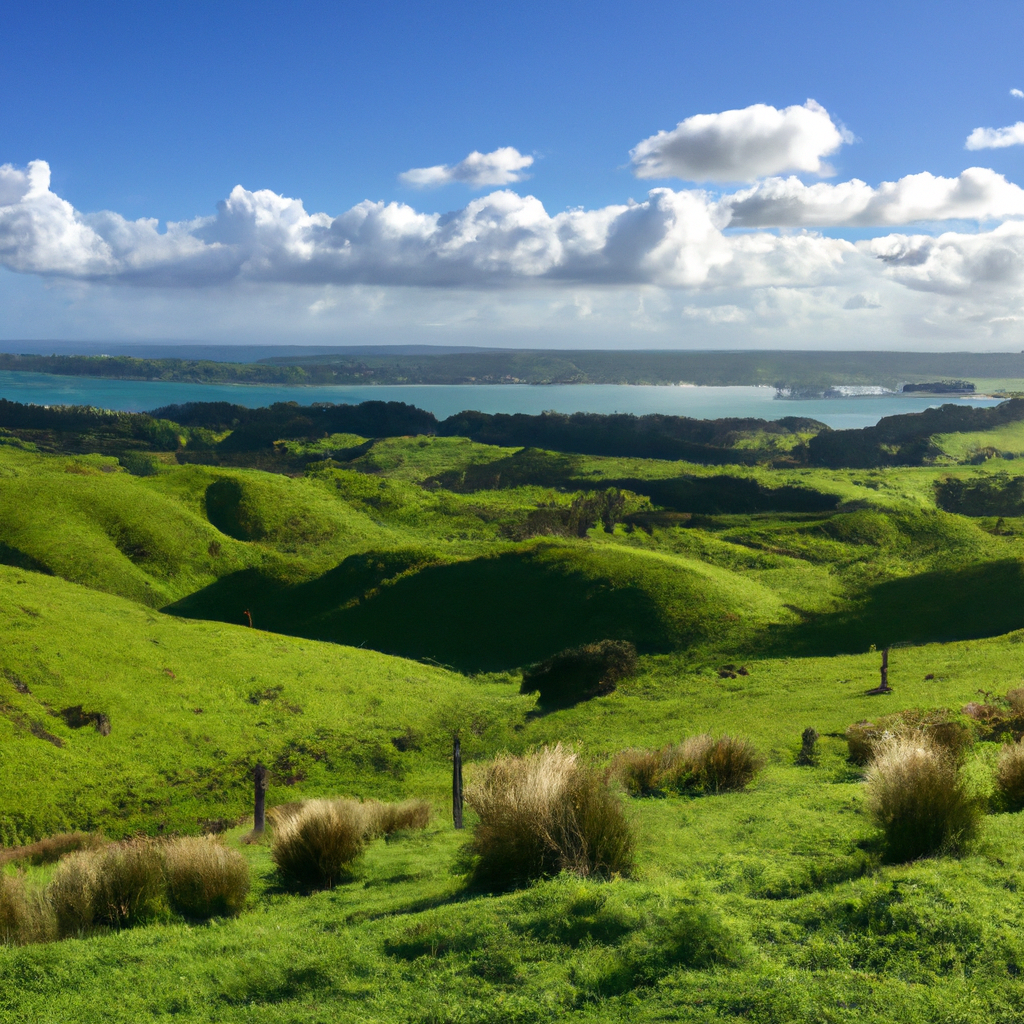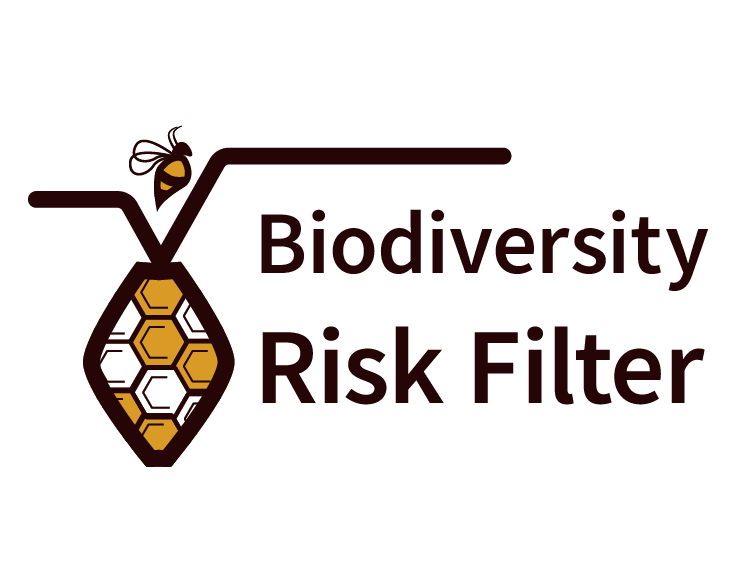WWF Risk Filter Suite - Tutorial
Understanding your nature-related risks is the first step towards taking meaningful action to reduce those risks and contribute to a more sustainable future.
This tutorial page provides a step-by-step guide on how to use the WWF Risk Filter Suite and its tools: the WWF Water Risk Filter and WWF Biodiversity Risk Filter.

See a sequence of video tutorials available in the WWF Partnerships YouTube channel, that will help you to familiarize yourself with the platform.
If you prefer a detailed written walkthrough, we also provide a PDF ‘How to’ Tutorial that will assist you in using both tools.
WWF RFS "How to" Step by Step Tutorial
Step 0: Background Information
Let's get started with a summary overview of the WWF Risk Filter tool’s risk assessment framework.
Here, you will have a basic understanding of how Basin and Scape risks are calculated.
Then, follow to a summary overview of the different types of corporate risks that the WWF Risk Filter tools assesses.
There are three overarching risk types within the tool: Physical, Regulatory and Reputational.
Step 1: Register & Login
To have access to the ASSESS module of the WWF Biodiversity and Water Risk Filter tools, you need to first register in the platform and then log into your account.
Watch the video tutorial below on how to register and login.
Step 2: Enter Data in Your Portfolio Manager
In your ‘Portfolio Manager’, you can enter all necessary information to be able to assess your biodiversity and water-related risks. In the next video, you will better understand the meaning of “Sites”, “Companies” and “Groups” within the context of the WWF Risk Filter Suite and how they are used to organize your input data.
As the WWF Water Risk Filter and the WWF Biodiversity Risk Filter share the same ‘Portfolio Manager’, you only need to enter your data once to automatically assess your risks in the two tools – making it very easy to use both tools! You can add a single site or bulk upload multiple sites in one go into your ‘Portfolio Manager’. Watch this video tutorial on how to upload information for one individual site.
You can also upload several sites in one go by using an excel template provided by us. Watch the next video tutorial on how to perform the bulk upload of sites. Note that you cannot upload more than 5,000 sites in one file, and you cannot analyse more than 5,000 sites within the same company or group. Also, there is a lifetime limit of 5,000 sites using addresses, above which only geographical coordinates are accepted.
You can add, edit, delete or share information on companies or groups of interest along with their associated sites – watch this video to learn more.
IMPORTANT: Summary of do’s and don’ts when uploading data into your ‘Portfolio Manager’!
Step 3: Analyse your Biodiversity and Water Risks
Once you have uploaded all necessary data in your ‘Portfolio Manager’, you can now analyse your biodiversity and water risks.

Watch this video tutorial on how to analyse your biodiversity risks.
ASSESS YOUR NATURE-RELATED RISKS NOW FOR FREE
3 EASY STEPS
1
Register and create an account - only you have access to this account
Go to the Portfolio Manager to upload your data, save it and come back to edit it at any point
Go to the Assess module of each tool to analyse your biodiversity and water risks
WANT TO PARTNER WITH WWF?
WWF provides expert support to help you understand your risks and take action
FREQUENTLY ASKED QUESTIONS
Through the free online platform - the WWF Risk Filter Suite - companies and financial institutions have easy and streamlined access to two distinct and complementary WWF Risk Filter tools - the WWF Biodiversity Risk Filter and WWF Water Risk Filter. This enables users to upload and manage their data in a central and secure platform for seamlessly assessing their biodiversity- and water-related risk assessments.
The WWF Risk Filter tools are designed to be used as corporate and portfolio-level screening tools to help identify risks and prioritise corporate action for enhancing business resilience and contributing to a sustainable future.
The WWF Risk Filter tools are primarily aimed at companies and financial institutions who wish to understand, assess and act on their biodiversity and water risks. Both tools include global datasets and allow assessments of any industry sector, so that users regardless of geographic location and industry can use the tool.
As the WWF Biodiversity Risk Filter and WWF Water Risk Filter are both spatially explicit screening and prioritisation tools, they are best suited for organizations with 1) location-specific data available and 2) a large portfolio of sites/assets to analyse (e.g., company operational sites and supplier sites). Therefore, these tools are primarily used by medium to large-size companies that have robust value chain information available for analysis. While the tool is suitable for use by financial institutions, the needed input data is often not available, representing a key barrier for using the tools.
To support financial institutions that want to assess a broad portfolio of companies, WWF published valuable guidance in the WWF RFS Methodology Documentation on:
- how existing datasets and approaches can be used as proxies for the required location-specific company and supply chain input data of the WWF Risk Filter tools
- how the output data of the WWF Risk Filter tools can be aggregated to the company and portfolio level.
To read examples of how different organizations have previously used the WWF Risk Filter tools, please visit our Case Studies page.
WWF recommends using both the WWF Biodiversity Risk Filter and WWF Water Risk Filter as they are distinct but complementary tools.
The WWF Biodiversity Risk Filter tool covers broad aspects of biodiversity (e.g., freshwater, marine, forest, grasslands, wetlands) and includes some specific indicators from the WWF Water Risk Filter (e.g., water scarcity, water quality, fragmentation status of rivers). While the WWF Biodiversity Risk Filter provides general high-level assessment of biodiversity-related risks, the WWF Water Risk Filter provides a more in-depth assessment of water-related risks (including operational risk assessment and scenario risk assessment). Therefore, the tools are intended to be complementary and offer unique features for assessing and acting on biodiversity and water-related risks.
As the two WWF Risk Filter tools are available through one central platform (the WWF Risk Filter Suite), you only need to enter your data once to automatically assess your risks in both tools – making it very easy to use both tools!
Image: © Martina Lippuner / WWF-Africa




